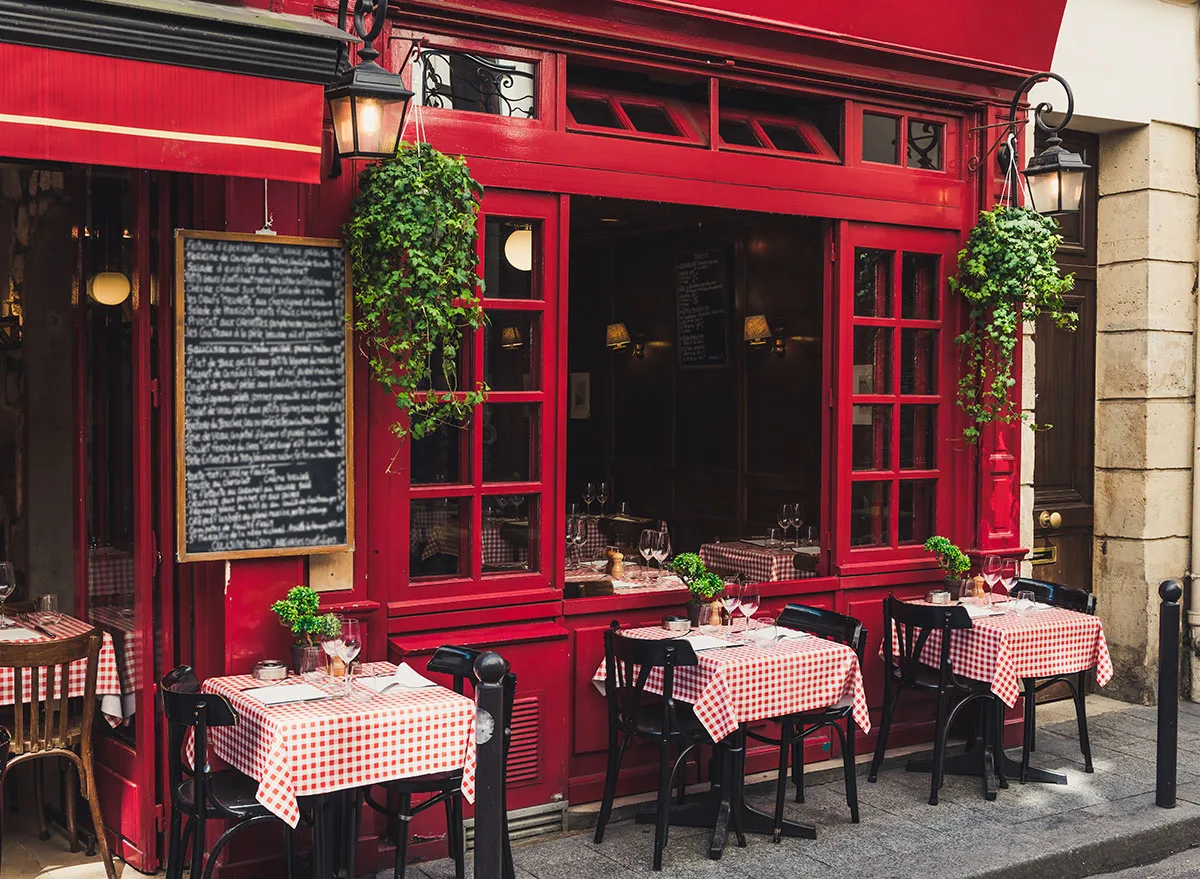A meal at a French restaurant is a treat for the senses. These establishments often offer menus with five or six courses, a light green salad at the start, and sorbet in between. You can also expect a pre-meal drink and small snacks. The French word for appetizer is an amuse-bouche, and you can expect many of these to be homemade.
Depending on your budget, you can choose between two types of French restaurants: brasseries and bistros. Brasseries are typically large and feature windows and ample table seating. They are often open all day and offer both traditional and non-traditional dishes. Brasseries often serve breakfast, lunch, and dinner, with coffee and alcoholic beverages served separately.
A typical lunch at a French restaurant will include an appetizer, entree, dessert, and beverage. The main course will be a main course made from meat or fish, and will also have rice or pasta, vegetables, and/or potatoes. In addition, the waiter will usually recommend desserts. Some of the most common desserts include fruit tarts, creme caramel, and ice cream.
If you have a special dietary restriction, you should visit a restaurant that specializes in gluten-free food. Many chefs take pride in their dishes, so requesting a vegetarian or vegan meal will likely annoy the kitchen staff. While vegetarians might find it difficult in a traditional French restaurant, the trend for eating vegetarian is becoming more popular in many parts of the world.
If you have food allergies, you should discuss them with the restaurant before making your reservation. French restaurants are less likely to offer food substitutions than American restaurants do. You should check the website of the restaurant before visiting, or call ahead of time to make sure that the restaurant will be accommodating your needs. However, you should always be aware of any food allergies that you may have, especially if you have a severe case of food allergy.
Some of the most popular French restaurants include cafe-style restaurants, which are semi-formal and resemble bar-brasseries. Many of these establishments offer affordable prices, large menus, and a laid-back atmosphere. However, there are also some high-end cafe-style establishments with a more formal atmosphere.
Another thing to consider when dining in a French restaurant is the service. French waiters do not depend on tips for a living, so you may experience rude or impatient waiters. The waiters might even do fewer rounds and check-ins at your table. This is because the salary of these workers isn’t dependent on how good they are at serving you. In addition, some French restaurants require you to make reservations for dinner.
Learning a few phrases in French will help you communicate with the staff at your French restaurant. Although you may not be fluent, a few basic phrases will be enough for you to order your favorite French dishes. The French people value the time they spend over a meal. Hence, they have declared their cuisine as a world intangible heritage. It is much more than a simple meal – it is an art.







